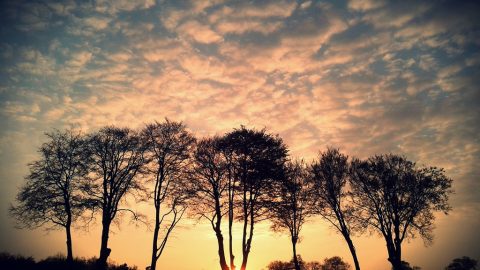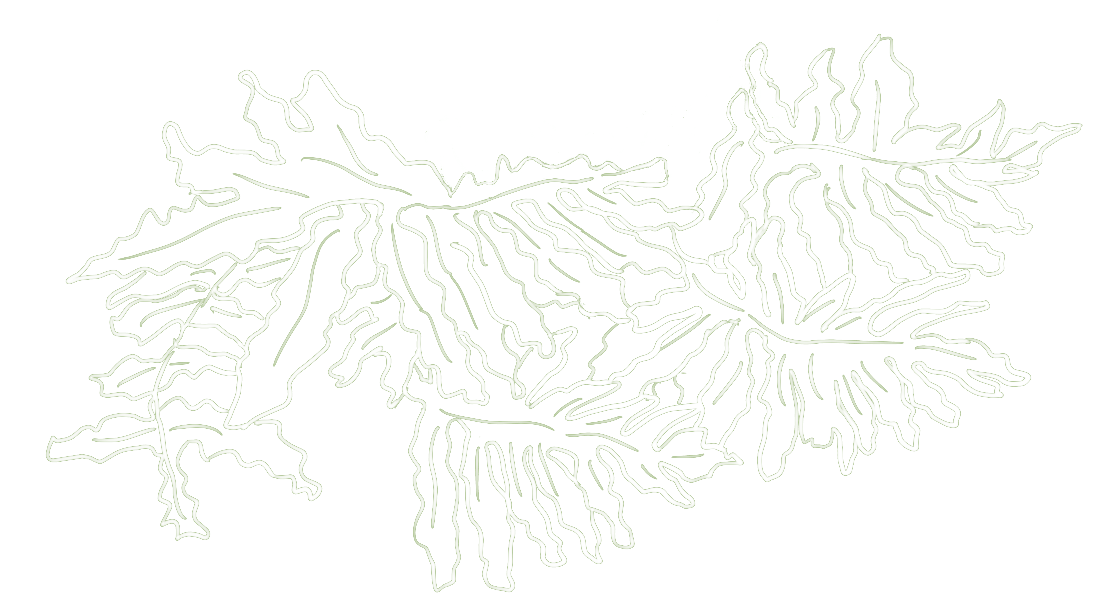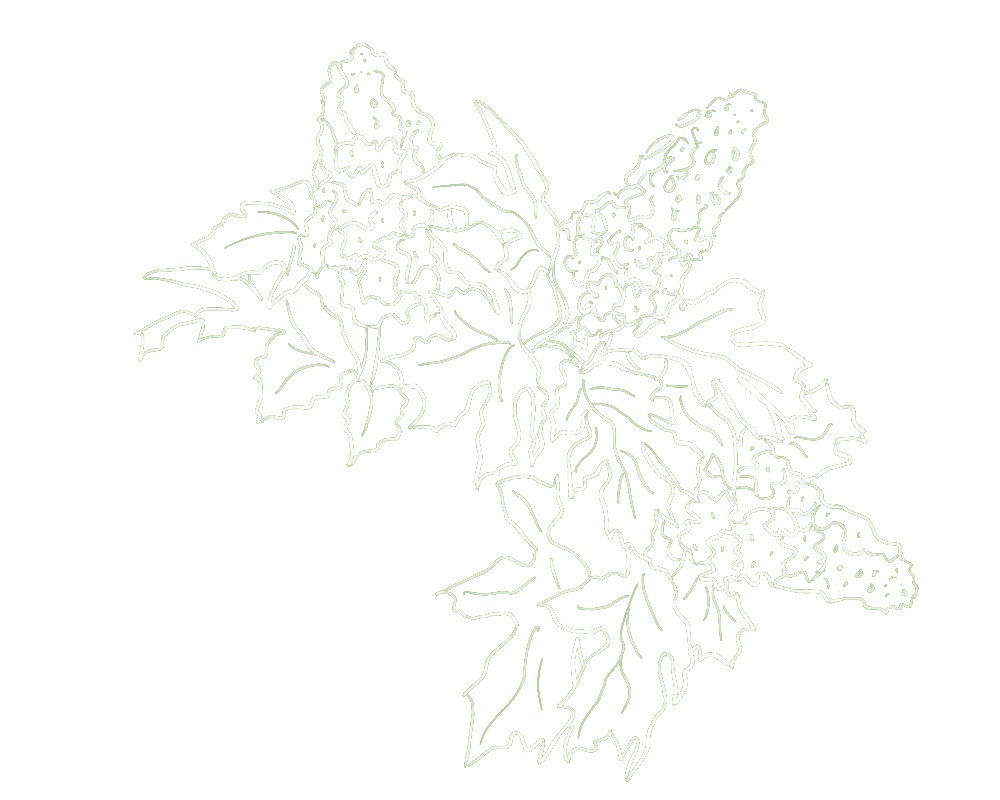From its title, you might understandably think that this is a post about gardening with dogs: specifically, how to deal with their desire to dig in, pee on, run through and lie down in the middle of every garden bed you’ve ever created. You might also think, from this litany of Bad Dog gardening behavior, that I’m not a dog person. But you’d be wrong on both accounts.
I do have a dog that I (and pretty much everyone who meets him) love dearly. Duff is a big, brown mutt who engages in all of the Bad Dog gardening behavior I’ve described — which I tolerate because, as noted, I love him dearly.
I’m sufficiently smitten by Duff that I recently read the highly informative and entertaining book, “Inside of a Dog: What Dogs See, Smell and Know” by Alexandra Horowitz. And it was Dr. Horowitz’s description of the differences between human and dog eyesight that got me thinking about why we people might prefer certain garden styles over others.
To wit: it turns out that a dog’s primary way of experiencing the world is through its olfactory acuity (i.e., its nose and its mouth). For humans, by contrast, “vision is winner by a long shot.” (p. 121) In certain respects (such as noticing motion in very low light), a dog’s eyesight is better than ours. But in other respects (such as distinguishing among lots of colors), our eyesight is superior.
It’s so good, in fact, that ironically we often stop seeing. As Dr. Horowitz puts it, “Humans are gestalt lookers: every time we enter a room, we take it all in in broad strokes: if everything is more or less where we expect it to be . . . yes . . . we stop looking.” (p. 135)
Bingo. That tidy row of tightly clipped boxwood that lines the house foundation? You might see it the first time, but after that, it probably never registers again – unless the dog digs one of the boxwood up, and the change catches your attention.
And how about this description by Esther Sternberg in “Healing Spaces” of how our brains work when viewing a scene (think: garden): “We are constantly scanning the horizon for things that stand out. Such features – the ones that are different – grab our attention and we zoom in on them. Then we zoom back out to view the scene as a whole, scanning all the while.” (p. 32) Dr. Sternberg notes that filmmakers know to use this constantly changing focus, from far to near and back again, to create a sense of depth and reality in their movies — because that’s how our vision works.
Is it any wonder, then, that great gardens incorporate visual features that deftly map to how people actually see: interesting focal points, opportunities for intimate observations as well as more panoramic views — and ever-changing visual stimuli such as high-contrast plantings that evolve with the seasons?
Of course, great gardens also engage other senses, such as touch, smell, or sound. But if the first sense to kick in for many people entering a garden space is the sense of sight, perhaps understanding how human vision works, particularly in outdoor settings, can help improve our garden designs.
At least, that’s what Duff suggests.
References:
Alexandra Horowitz, 2009. “Inside of a Dog: What Dogs See, Smell and Know” (Scribner)
Esther Sternberg, 2009. “Healing Spaces: The Science of Place and Well-Being” (Harvard University Press)
Tags: gardening with dogs human vision and garden design










